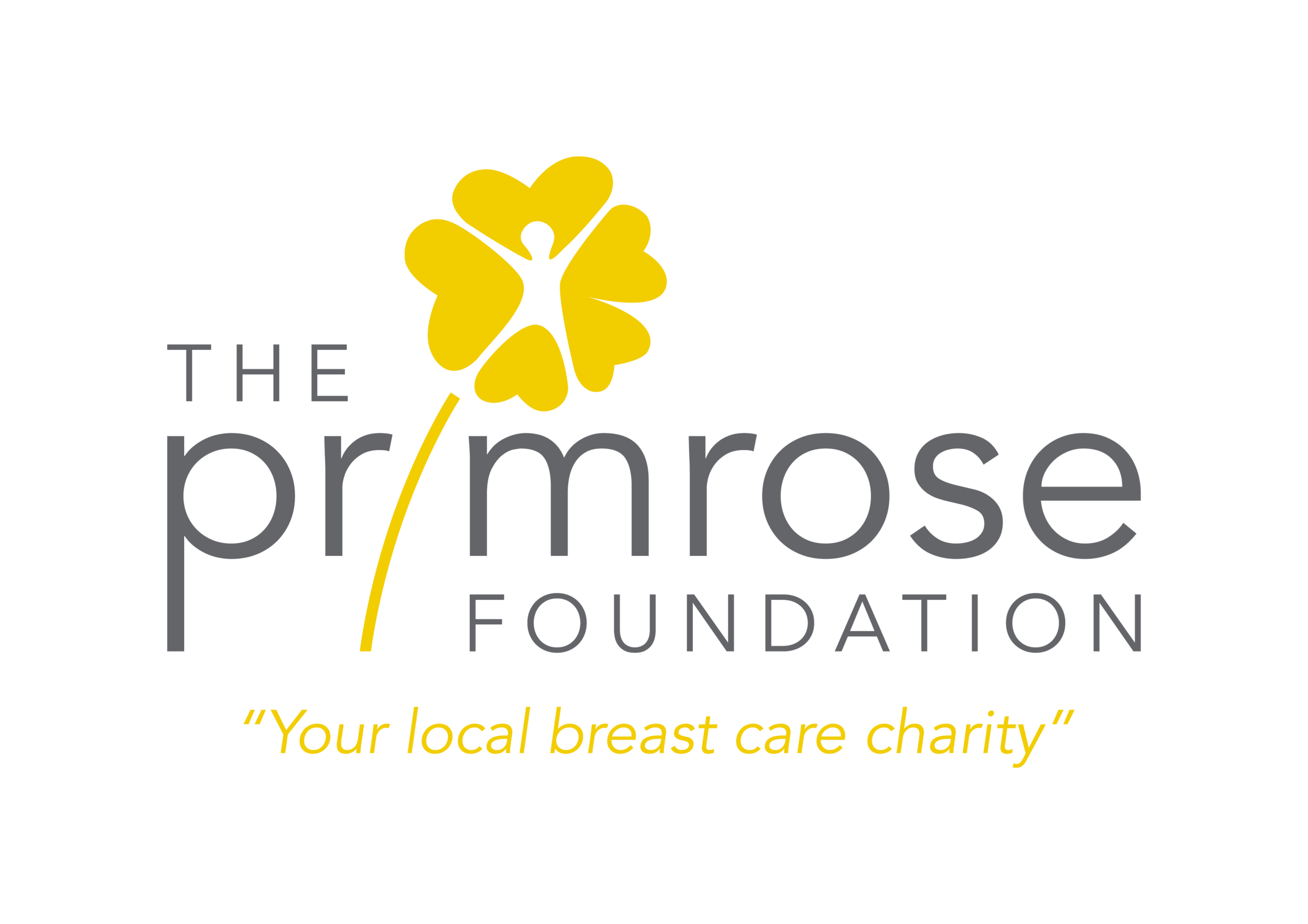Creating Mindfulness Whilst Receiving Breast Cancer Treatment
What is Mindfulness we hear you ask? Well, Mindfulness involves focusing on what is happening here and now. It is a time for you to gather your thoughts and look at what is going on around you – and can help improve your wellbeing.
There is no need for wind chimes and yoga pants, Mindfulness is a way of paying attention to yourself and finding a way of regulating your thoughts and emotions. It consists of four simple steps which are all focused on what is happening now, (in the moment):
Time to notice
Time to observe
Time to name
Time to accept
With this approach you can calm yourself if you feel overwhelmed at any point, and let’s be honest, treatment for breast cancer does tend to do this. If you focus on what matters the most at any given point, it will allow you to be less stressed and anxious, which in turn should allow you to feel more balanced and relaxed.
Mindfulness is a state of mind which we can all develop and use to support our well-being physically, emotionally, and mentally. You do not need to become an expert before you can benefit from it.
Your cancer experiences are likely to take up a lot of energy, so it can be beneficial to have a few tools to help you create some downtime as an opportunity to replenish and reconnect with who you are.
Mindfulness can also help during specific times of your treatment, for example to prepare for surgery, whilst undergoing Chemo or Radiotherapy and before or during scans to help with anxiety.
Here is a couple of beginner’s exercises you could try:
Exercise 1
Lay or sit down, allow yourself to focus on one thing ONLY, for example, your breathing. Pay attention to how it travels in and out of your body. Feel the sensation in your nose, your chest, and your tummy.
Take in what is happening around you – any noises or smells? Just notice and observe. Take your time to connect with what is happening inside and outside of that moment.
When you are familiar with paying attention to one thing and getting to know yourself, the next step is to accept. Accept the reality for what it is, there is no right or wrong or good or bad. Accept what you notice, observe and name.
Now, you are in a good place to start regulating your thoughts and emotions. With the concentration you have achieved, you should feel calmer. Your anxiety and stress levels will hopefully have dropped, and you should be able to focus better.
After your treatment has ended, you may carry a lot of emotions about what has happened and what may lie ahead: fear, anger, sorrow, depression, and exhaustion.
You may have aches and pains. Is the cancer still there? Will it come back? Will I have to go through all this again? Will I cope?
You can tailor the following exercise to a situation that best fits your circumstances.
Exercise 2
Create regular moments in your day for exercise 1 - Notice what is happening in your body, mind, and heart. Observe it, there is no rush.
Give it a name - for example, I feel tense in my shoulders, the breast where I had the cancer hurts, this is not fair, I feel alone and exhausted.
Now try and accept what you have found. This does not mean you need to like it but you are connecting with yourself. To be frightened is normal, you do not need to fear it; you are learning to understand yourself.



